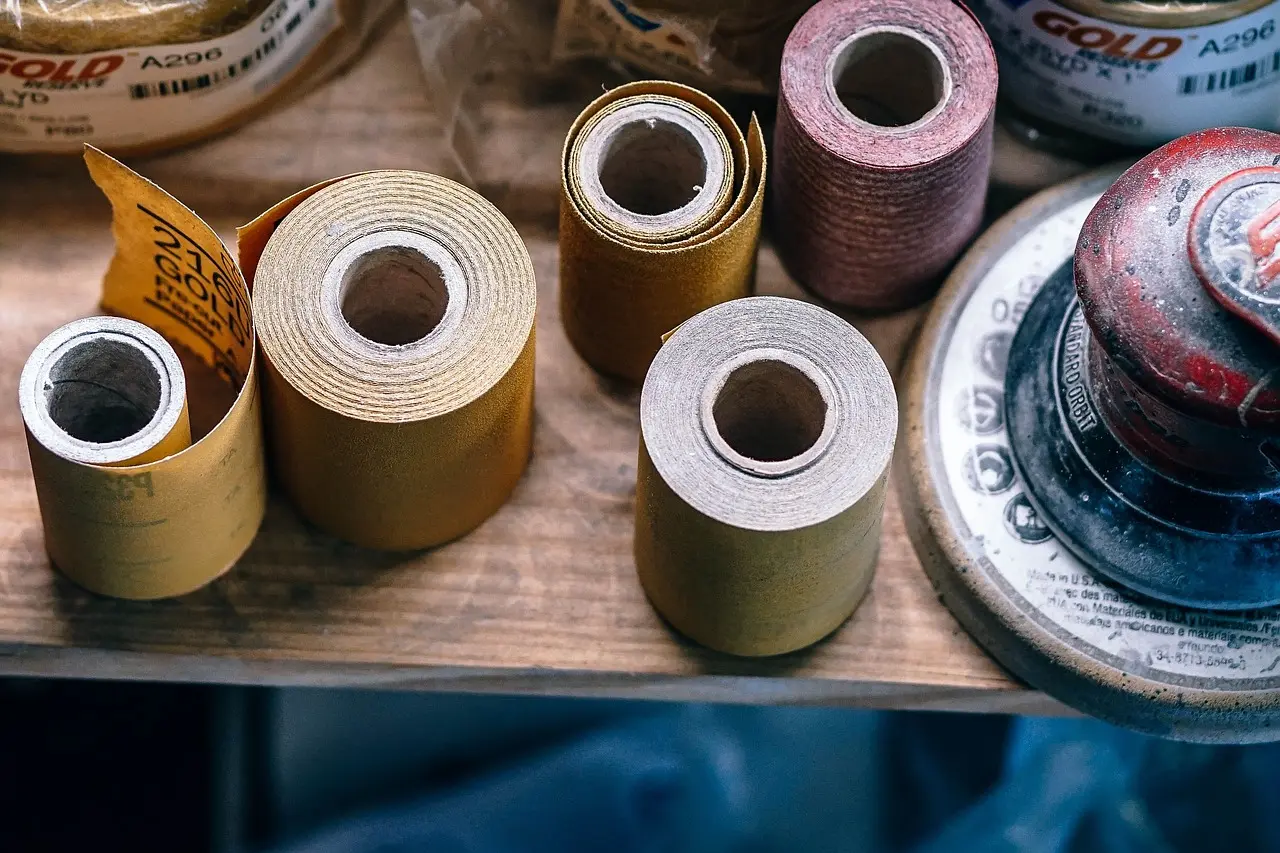
Whether you’re a DIY enthusiast or a professional, masking tape provides valuable assistance in a variety of tasks. From liquid masking tape for intricate designs to masking tape dispensers for ease of application, it’s a tool with many uses and variants.
Specialty Options: Liquid Masking Tape
Liquid masking tape offers flexibility for projects that require intricate coverage. It can be painted on to areas where traditional tape may not reach, such as glass surfaces or small craft details. Once it dries, it forms a protective layer that can be peeled off, making it ideal for complex painting projects.
The Best Types of Masking Tape
The ideal masking tape for painting projects varies. Here are a few options to consider:
- Blue Painter’s Tape: Ideal for general wall painting and delicate surfaces.
- Black Masking Tape: Offers a bold, opaque finish suitable for industrial labeling or craft applications.
- Liquid Masking Tape: Provides a non-traditional approach, especially useful for areas where regular tape cannot cover.
When and How to Remove Masking Tape
The timing of tape removal can impact the finish of a project significantly. Typically, when to remove masking tape is when the paint is still slightly tacky. This reduces the risk of the paint peeling along with the tape. However, if you wait until the paint is fully dry, lightly scoring the edge with a utility knife can help avoid any damage.
Conclusion: Finding Good Masking Tape
With options like adhesive for tape strength, width, and color, there’s a masking tape for every need. For both DIY enthusiasts and professionals, masking tape continues to be a reliable, easy-to-use tool that enhances precision and saves time.

Products
Rich variety of adhesive tape
